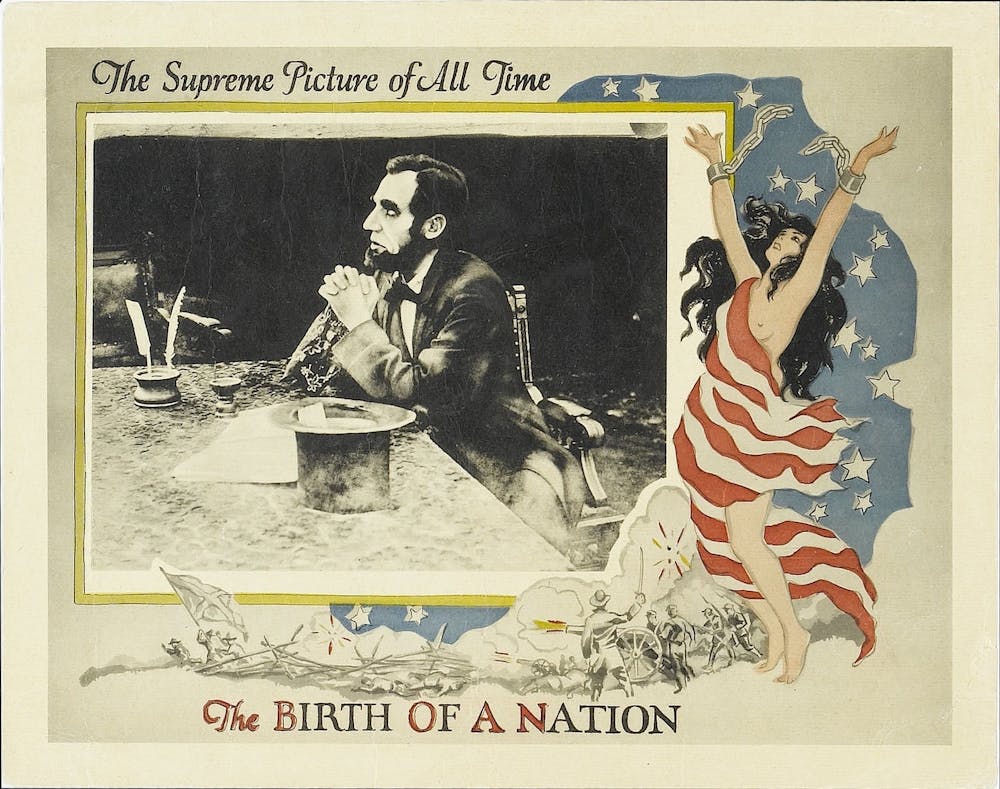Does art imitate life? Or does life imitate art? Either way, the two are tied together.
The discussions on film and television center the relation of art and society now more than ever. Instead of talking about the ability to act or edit, more conversations about our favorite shows and movies focus on the social context. Plenty of articles have been written about proper representation in casting and how works of art can address and affect a broader social movement.
In turn, there's also been a large and vocal opposition to such analysis. Responses to this new wave of criticism are extremely common, and anyone on the internet has probably heard them before. They usually vary from the simple, "If you don't like it, don't watch," or "It's just a movie, stop getting worked up over nothing." While some can dismiss it, art has always affected and reflected the society around it.
While it is indeed "just a movie," one of the most notorious examples would be the 1915 film "The Birth of a Nation." This single film is cited as one of the core catalysts which caused the rapid rise of the Ku Klux Klan in the 20th century. In it, the Klan is shown to be a heroic force that helps preserve American values, protecting white people from Black people. Of course, with the hindsight we have now, we can easily say the film is an atrocious act of racism, but even back then, debates were had over whether or not it was offensive. Such a film caused riots and protests and garnered enough attention that it was one of the first films to ever be screened at the White House.
Prior to the film, another work of art was said to be a core cause of an even larger event in history. The novel "Uncle Tom's Cabin" is often cited to have laid the groundwork for the American Civil War. Though still a fictional story, the novel had brought attention to the horrible lives of the enslaved and called into question the entire practice of slavery in a way not yet seen. While slavery was always a topic of discussion, it was rare to see it brought up so bluntly.
There's a long list of more examples of works in film, literature and television that have directly affected the social contexts around them. Even in modern times, we have examples of viral songs like Childish Gambino's "This is America" addressing the fearful reality of 21st-century America. There are entire genres of "protest songs" and "social novels," so why are there still some denying the real-world impact of works of art?
It goes both ways. For every work of art that can bring harm to society, there is another that could help. There have been studies showcasing a correlation between the representation of marginalized people in film and television to a real-world increase of tolerance to different groups of people. At the same time, there are many anecdotes of people who were radicalized into hate groups because of the media they watched.
While some shows and movies might just be fiction and others might just be jokes, the reality is that works of art always relate to the world around them. While we have over a century's worth of hindsight in the case of "the Birth of a Nation," we don't have that luxury for today's controversial films. Critique is necessary to understand the relationship between art and the real world. While I could just simply not watch the difficult things and completely ignore them, it doesn't mean that those works won't affect me and everyone around me.






